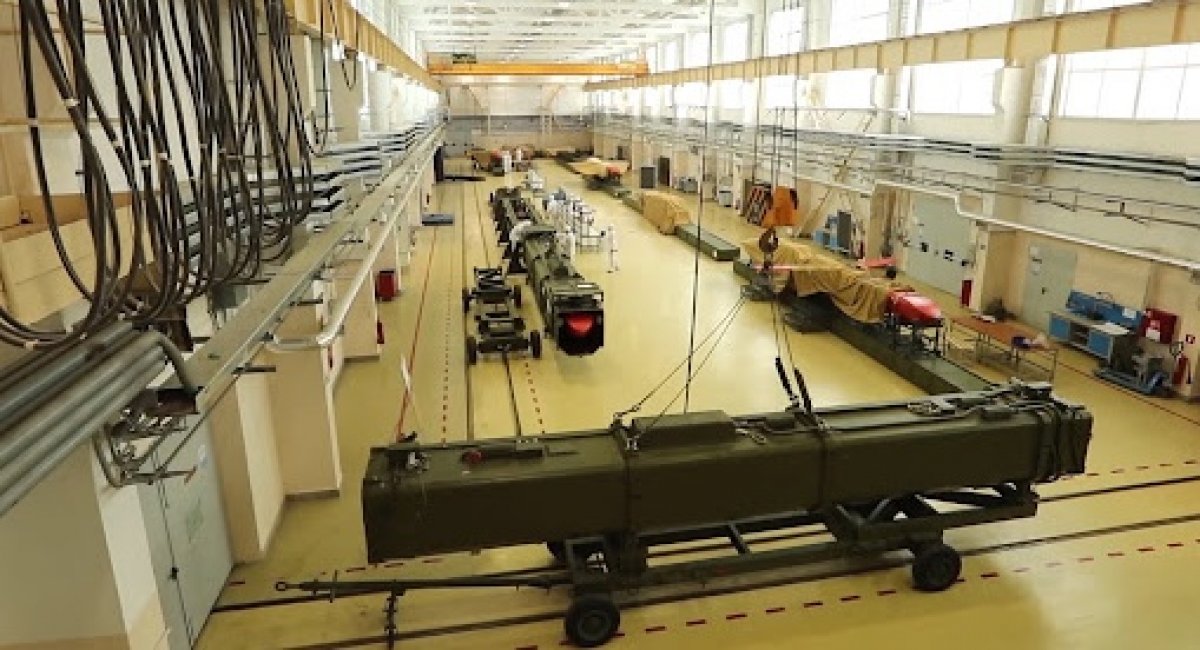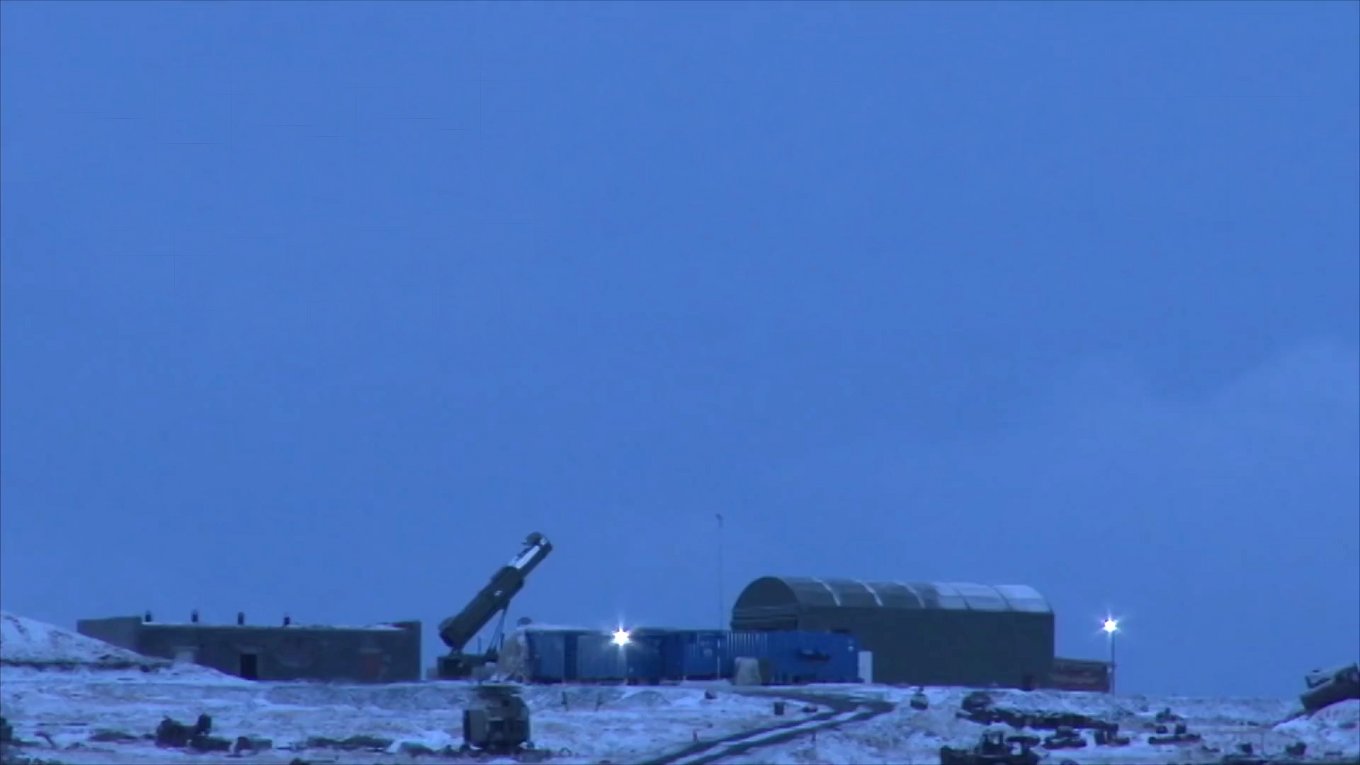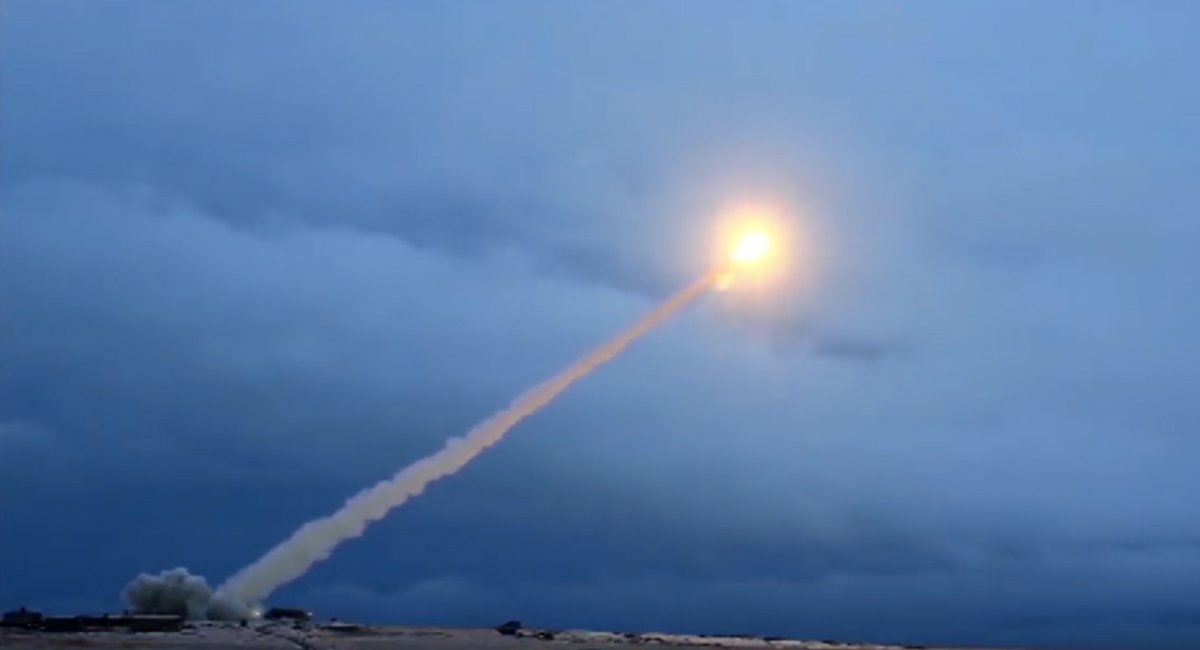russia has reportedly conducted a test launch of its so-called “unlimited-range” cruise missile — the 9M730 Burevestnik (NATO reporting name: SSC-X-9 Skyfall) — in the presence of vladimir putin. Following the test, the russian leader described the system as a “unique weapon unmatched anywhere in the world” and instructed the military to define its potential applications and begin preparing the necessary infrastructure.
Details of the launch were announced by Chief of the russian General Staff Valery Gerasimov, who claimed that the test took place earlier this week, on Tuesday, October 21. According to him, the missile flew for about 15 hours, covering some 14,000 kilometers at an average speed of roughly 933 km/h.

However, as of this writing, there are no independent confirmations of the launch — only statements by russian officials and reports in state-controlled media. Still, the test was not unexpected: back in August, reports indicated that russia was preparing new trials of the Burevestnik nuclear-powered cruise missile.
The 9M730 Burevestnik is not a new development. Work on the system, led by the Novator Design Bureau, officially began in December 2001 and has continued for almost 24 years. The missile’s existence was first publicly acknowledged 17 years later, in early March 2018, and by the end of that same month, it was officially named Burevestnik (Storm Petrel).
According to Western analysts, russia has conducted dozens of test launches of the missile — with no more than one or two reportedly successful.

One of these tests is believed to have caused the 2019 accident at a military range in russia’s Arkhangelsk region, which killed five scientists. Temporary radiation spikes were detected up to 30 kilometers from the site.
The Burevestnik is classified as an intercontinental, nuclear-powered, long-range cruise missile. To enhance its image as a supposedly “unparalleled” weapon, russian officials often refer to it as having “unlimited range” — implying that it could theoretically strike targets anywhere in the world.
Although the program remains highly secretive, some details have emerged. Its defining feature is a nuclear propulsion system — a reactor that heats incoming air to extremely high temperatures to produce thrust. A conventional solid-fuel booster is used for launch.

Other technical parameters remain unknown. Available data suggest that the missile is about 12 meters long (around 9 meters after booster separation) and has a fuselage roughly 1–1.5 meters in diameter.
As for speed, earlier reports described it as subsonic, though recent russian infographics claim it can reach between 850 and 1,300 km/h. Given these figures — and the missile’s considerable size — russian propaganda claims that it is “impossible” or “extremely difficult” to intercept appear exaggerated.
That said, its reportedly high maneuverability could complicate interception efforts. The primary concern, however, lies in its ability, as russian sources claim, to remain airborne for extended periods, potentially even several months. Such endurance could enable unexpected, long-range strikes on selected targets. Still, a missile lingering in the air for so long would likely become a relatively easy target for fighter aircraft.
For now, the 9M730 Burevestnik has not entered service with the russian Armed Forces. Current estimates suggest that this could happen around 2027.
Earlier, News Hub reported how the United States once pursued a similar concept — the SLAM (Supersonic Low-Altitude Missile), a nuclear-powered cruise missile covered in gold and how that program ultimately ended in failure.

